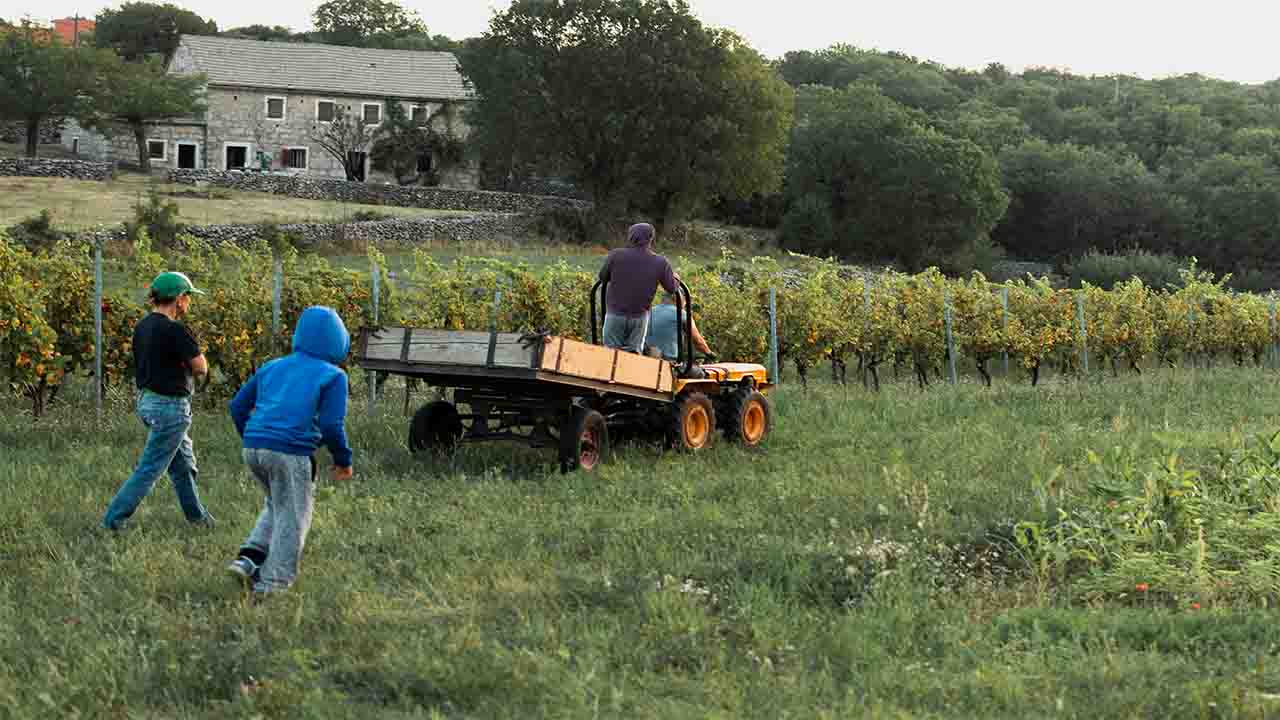A scientist at Western University says in Canada rural communities will continue their long population decline unless governments interfere concerning policy changes to address new immigrants’ preference to settle down in major urban centers rather than small towns, villages, and hamlets.
The story of rural Canada over the last 55 years has been a slow but relentless population decline.
In Ontario in 1966, 2.6 million individuals lived in rural communities made up 37 percent of the province’s population of 7 million, or about two in five individuals.
By 2021, Ontario’s total population doubled to 14.2 million, while the rural population remained relatively flat in absolute terms at 2.5 million individuals. However, as a proportion of the population, it shrank to 17 percent or about one in five.
Lindsay Finaly, a PhD candidate in sociology at Western University and the lead author of The Places We’ll Go: Rural Migration in Canada said that when it comes to choosing between urban and rural communities, new Canadians mostly pick the big city.
The odds of immigrants moving into rural Canada have reduced over time rather than increased, she said, noting that while she hasn’t studied the reasons, many of them are easy to deduce.
Rural communities are traditionally seen as white spaces because of a deficiency of amenities and services aimed at immigrant families who might have an easier time in big cities where they’re more likely to find support, especially if they have language and cultural barriers, says Finlay.
There’s a larger number of, say, co-ethnic ties or settlement services that are available that will allow them to feel like they can successfully thrive and integrate into the communities that they’re landing in, she said.
Without new blood from immigration, rural communities are becoming older than their urban counterparts. Since 2016, rural Ontario has seen its youth population shrink by 1.6 percent, the number of working-age adults decrease by 4.5 percent, and a 12.4 percent increase in seniors.
Unlike cities, rural communities are unable to depend on a steady stream of newcomers to shore up their numbers, says Finlay. We are kind of relying on immigrants to bring our population levels back up, but they’re not settling in smaller communities.
As the population of rural Canada starts to age out, Finlay said, it’s going to cause big issues in smaller communities across the country.
You’re going to see these communities start to struggle as the older populations leave, one way or another, she said, something must be done by governments to make individuals consider smaller communities as a place to settle to stop them from withering away.
Governments need to focus on improving transportation in smaller communities, supporting immigrant and refugee families, and increasing the number of amenities that improve cultural life, such as public art, events, and activities, as well as recreation facilities, says Finlay.
Having things to do in a community is important to individuals, she said. I think smaller communities lack these sorts of bigger things that families can do together.








